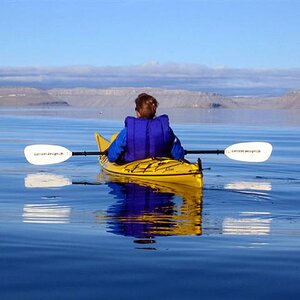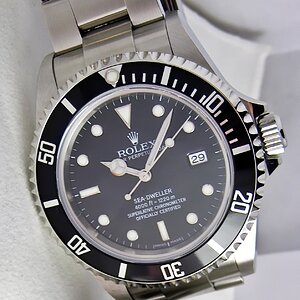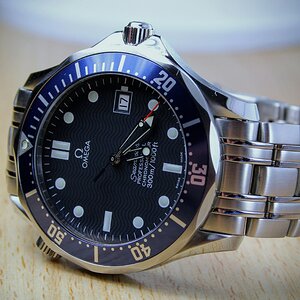Ysarex
Been spending a lot of time on here!
- Joined
- Nov 27, 2011
- Messages
- 7,137
- Reaction score
- 3,691
- Location
- St. Louis
- Can others edit my Photos
- Photos OK to edit
Whoops. My mistake. Here is a link to the original .orf file.
Dropbox - 2018-04-02-190527-OlympusHomePhotos.ORF
Got it -- I have to run out now for a couple hours and I'll get back to you later today.
Joe


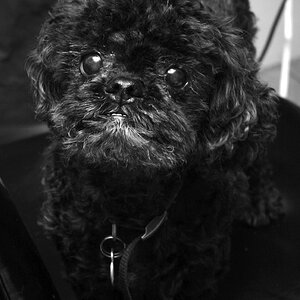
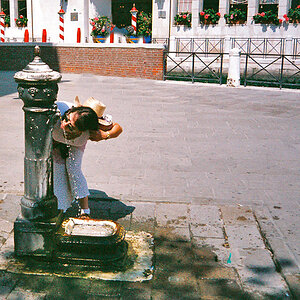
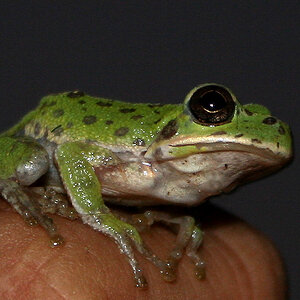
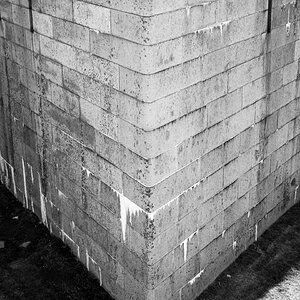

![[No title]](/data/xfmg/thumbnail/34/34039-a3bf38301d5ee5f8b658c43a86558500.jpg?1619736250)

